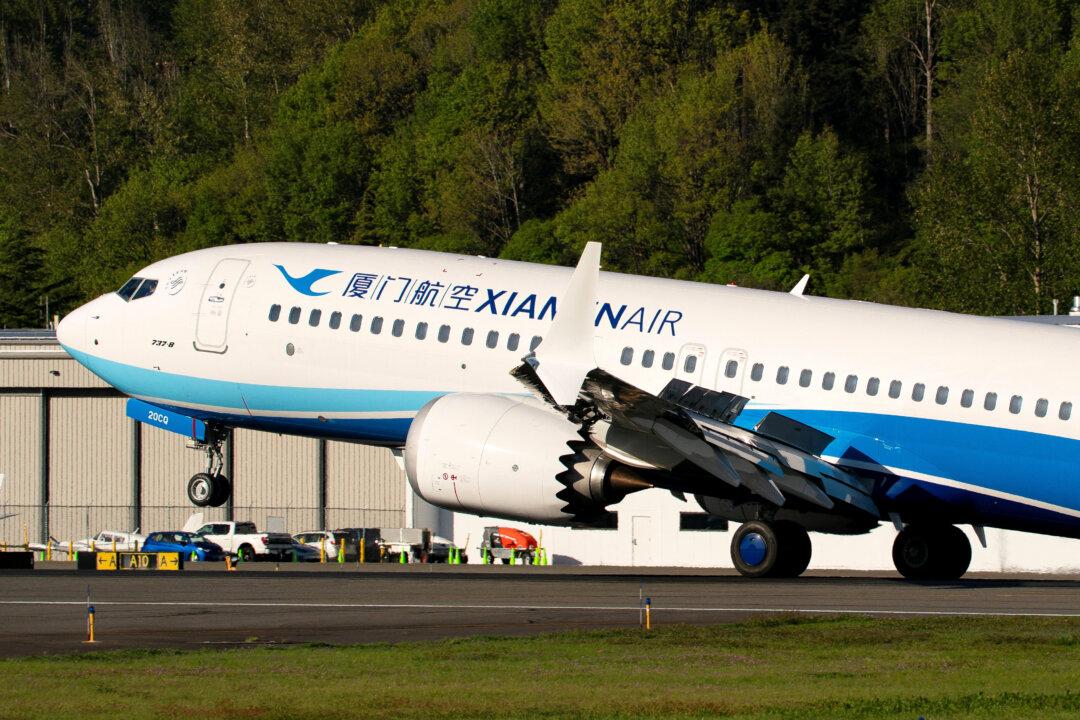T-Mobile US announced on April 24 that profits jumped more than 24 percent in the first quarter, as the Bellevue, Washington-based telecom and wireless giant added more than a million new subscribers to its fast-growing nationwide network.
Touting the company’s strong performance, T-Mobile CEO Mike Sievert said the company delivered its highest-ever postpaid net and gross customer additions in the first quarter, amounting to 65 percent of the company’s revenue during the period.
“We have had a powerful start to 2025. Our story is so simple. And it’s consistent. We have built sustainable, long-term, durable advantages, allowing us to continue to offer a highly differentiated value proposition that’s right on point,” Sievert said.
T-Mobile’s first-quarter earnings came in well ahead of Wall Street expectations as net income rose 24 percent, to $2.95 billion, or $2.58 per share, compared with $2.37 billion, or $2 per share, a year ago. Total revenue rose 7 percent to $20.89 billion, compared with $19.59 billion a year ago. Postpaid revenue grew 7.6 percent, to $13.59 billion.
Industry analysts had forecast T-Mobile to post first-quarter earnings of $2.48 per share on revenue of $20.67 billion. However, according to FactSet, the company fell below Wall Street’s views of 506,400 net postpaid mobile phone subscriptions.
In its full-year guidance, which includes the pending $4.4 billion acquisition of U.S. Cellular, T-Mobile said it expects postpaid net customer additions to be between 5.5 million and 6 million, its highest-ever guidance. In the first quarter, net customer additions totaled 1.4 million.
The wireless carrier said it could not forecast net income due to certain tax and interest expenses. However, it expects core adjusted earnings before taxes to range from $33.2 billion to $33.7 billion, an increase from previous guidance of $33.1 billion to $33.6 billion.
“There are over 500,000 square miles of the U.S. that’s unreachable by any cellphone tower. But T-Mobile is about to change that,” Sievert said.
In response to industry analysts’ questions about the company’s pending acquisitions with U.S. Wireless and Metronet, Sievert and his executive team had little to say about the multibillion-dollar deals that would add millions of new subscribers to T-Mobile’s growing 5G network.
Under former President Joe Biden, the Federal Communications Commission (FCC) and the Department of Justice requested a pause on the U.S. Wireless deal in November 2024 pending a national security review.
If the U.S. Wireless deal is approved, T-Mobile would add 4 million customers to its subscriber base, add hundreds of retail locations, and extend its rural footprint. The deal would also expand T-Mobile’s spectrum rights, a valuable federal license that allows firms to transmit mobile signals. Under the cash-and-debt deal, T-Mobile’s $4.4 billion price tag for U.S. Wireless assets also includes paying off $2 billion in debt.
As part of the deal, the JV will acquire Oak Hill Capital’s existing stake, which will be reinvested in Metronet to retain a minority position. Metronet founder John Cinelli will retain a minority stake once the deal closes later this year. At closing, T-Mobile has pledged to invest approximately $4.9 billion to acquire a 50 percent equity stake in the JV and 100 percent of Metronet’s residential fiber retail operations and customers.
Owned by the German telecom giant Deutsche Telekom, T-Mobile US is the world’s largest wireless provider by market capitalization.
In response to another analyst’s question about the impact of the Trump administration’s tariff policy on T-Mobile’s operations, including handset prices, Sievert said the company is taking a wait-and-see attitude as trade talks unravel.
“It’s pretty hard to predict right now what’s going to happen from a tariff standpoint. We certainly understand the goals of the administration. But it’s not clear how much this will affect the handset market,” said Sievert, adding that the customers will end up bearing any additional costs.







